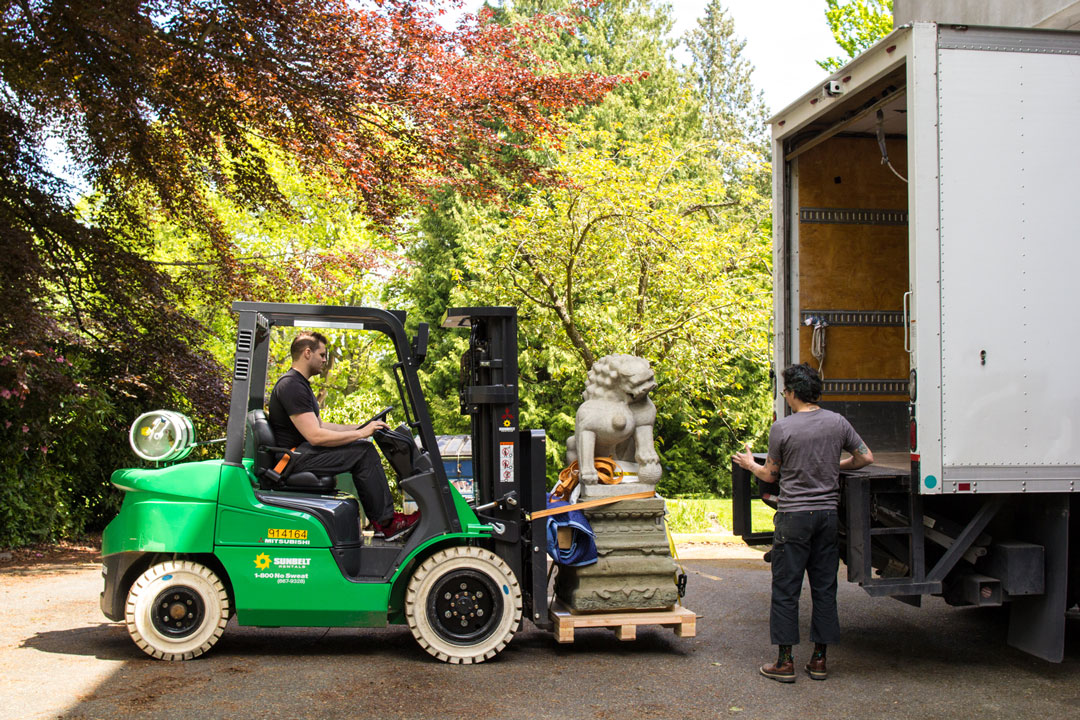A Grand Return: Preparing to Reopen the Seattle Asian Art Museum

With construction nearing completion at the Seattle Asian Art Museum, SAM staff has started preparations for the months-long move back into the historic building. As most people who have changed residences know, moving back in can often be as challenging as moving out. That experience will be amplified on a massive scale as the staff begins the gargantuan task of readying the renovated museum for art and visitors.
The 10,000 collection objects that were carefully packed, tracked, and removed from the Asian Art Museum now need to return to the building—a process expected to require a full year, although the museum will reopen before that process is complete. Lauren Mellon, Director of Museum Services and Chief Registrar, explains “Moving back in will be more complicated because we’re building the storage spaces as the art returns.” However, the collection will be returning to many important improvements. Mellon continues, “We will now have full climate control, and the storage facilities will be vastly upgraded. Overall, the objects will be much happier in their new home.”
Before works of art and museum staff can enter the renovated building, a number of systems across the facility will need to be tested to ensure they are operating correctly, including those pertaining to security, mechanics, air quality, and climate control. “We must maintain what we call a ‘critical environment’ to support the art, as well as provide a safe and healthy environment for employees and museum visitors,” explains Lee Richardson, Director of Facilities.
Once testing is complete, the first works of art that will be brought inside are those to be presented in the museum’s galleries. The preparation crew will begin working gallery by gallery, building platforms, preparing the cases for object displays, and eventually mounting the works of art. One of the most exciting outcomes of this work is visitors will have the chance to experience more of the museum’s collection. “We will no longer have to de-install the permanent collection as the special exhibitions change. All thirteen of the museum’s original galleries will now be dedicated to showing the collection,” says Nathan Peek, Director of Design and Installation.
The building’s many improvements are inspiring the work of museum staff across departments. As Richardson says, “While the renovation process was important to addressing safety issues, we also now have a better palette to work with for exhibiting art and engaging the public.”
– Erin Langner, freelance writer